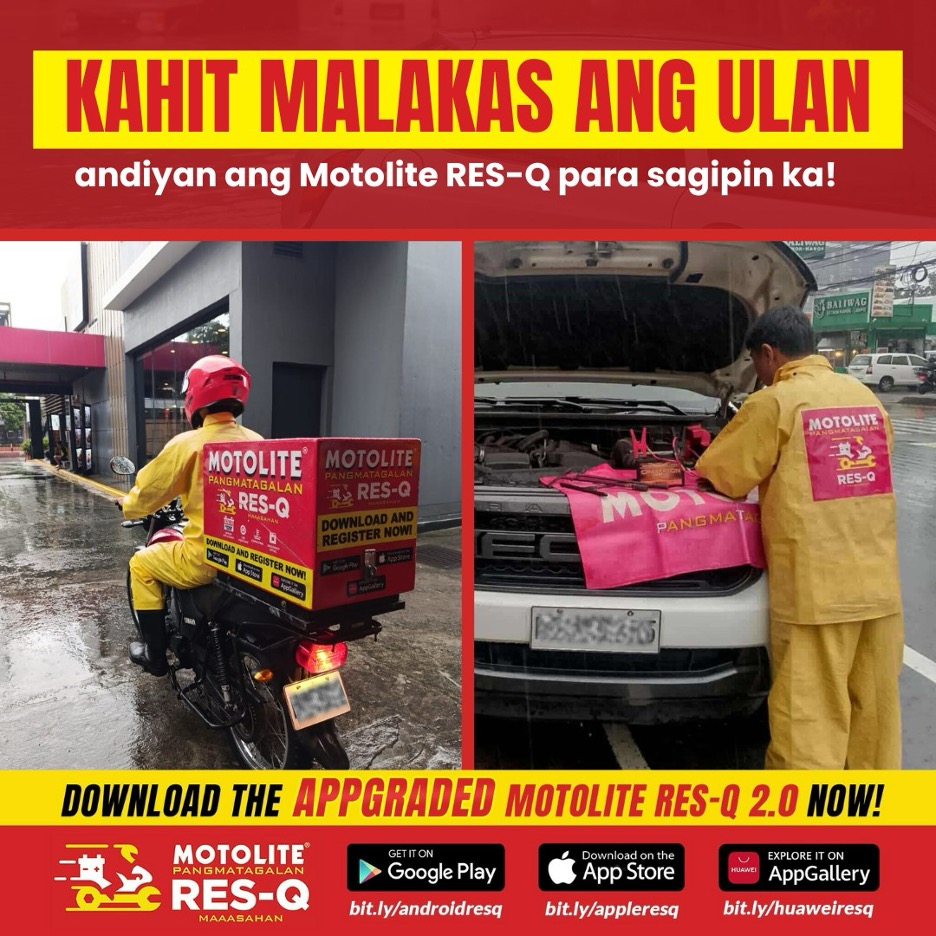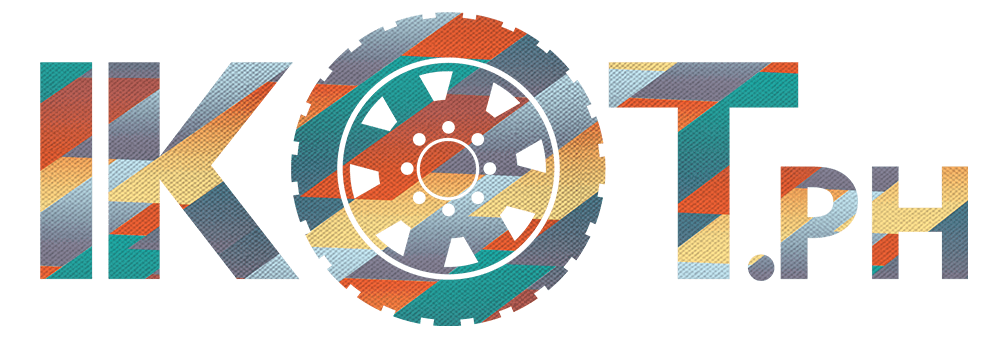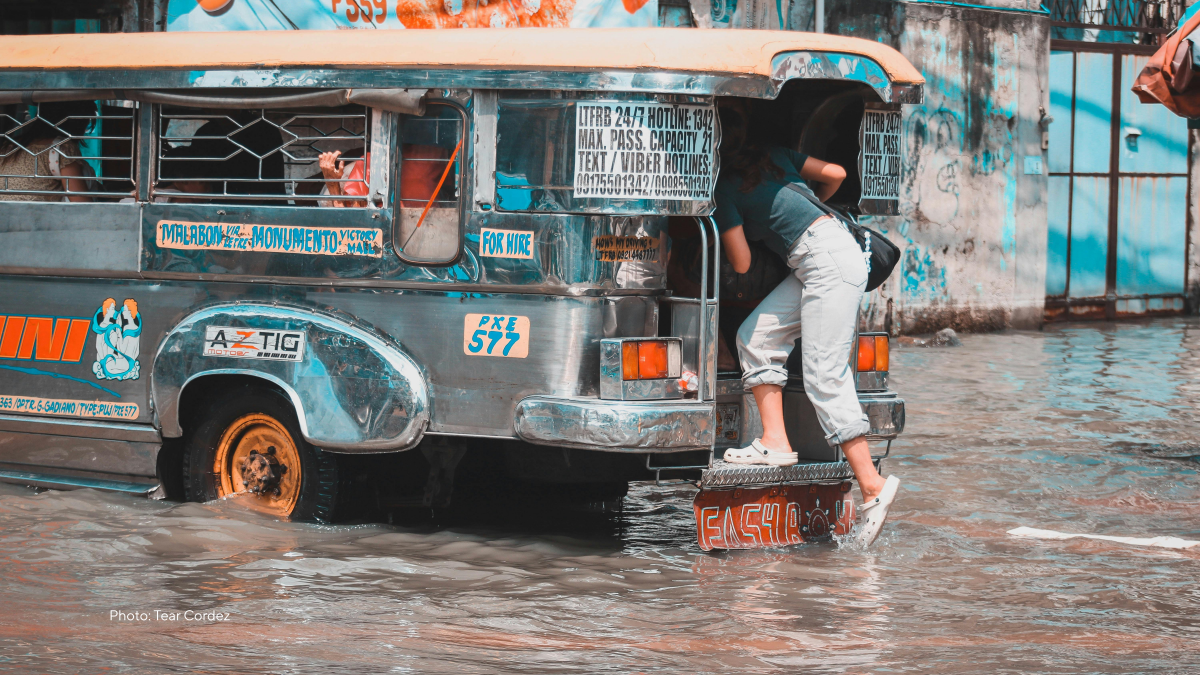Bayanihan isn’t just a norm. It’s a cultural revolution that runs in the blood of every Filipino.
Much of our resilience is tied to our drive and genuine desire to uplift others, especially those in need. Whether in times of disasters or moments where we feel pride the most, that desire to help spans across the nation and has become a symbol of Filipino unity recognized globally. It’s one of those moments where we see collective compassion in action. It reminds us that resilience is not about enduring the challenges we face; it’s about choosing to stand up together when standing is the hardest.
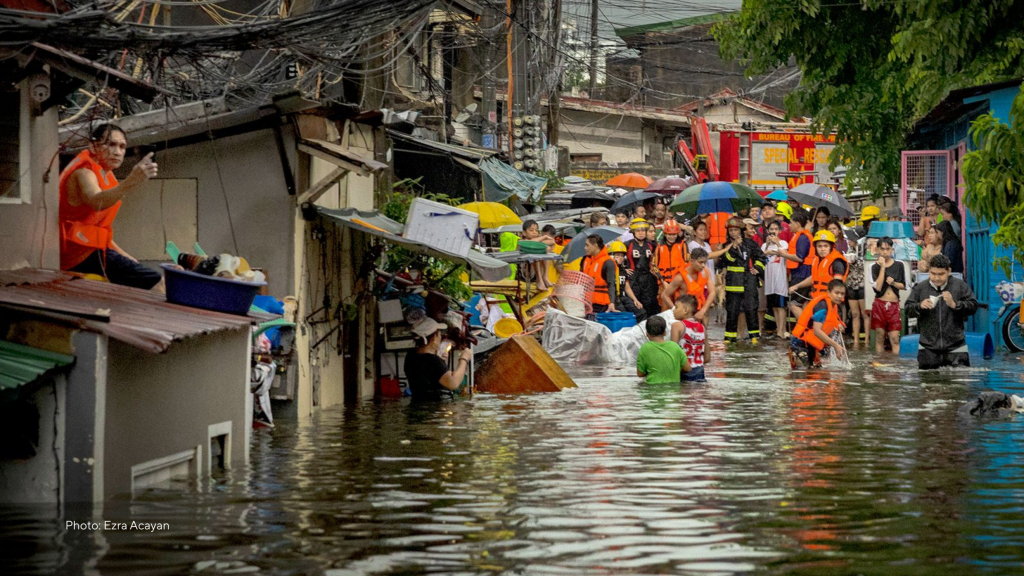
These inspiring acts of solidarity were once again showcased in the past few days when Crising, Dante, and now Emong, brought widespread devastation. Yet across flooded streets, we saw hot meals delivered and families — human and furry alike — pulled to safety. Private citizens, NGOs, and other community-based efforts breathed warmth into waterlogged days, proving that bayanihan isn’t a concept—it’s a reflex.
No one left behind
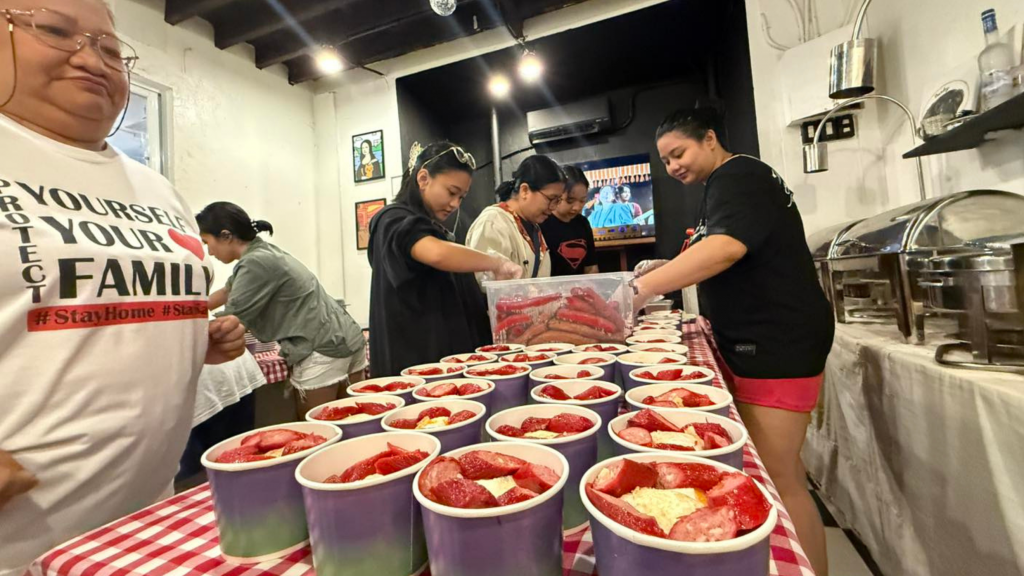
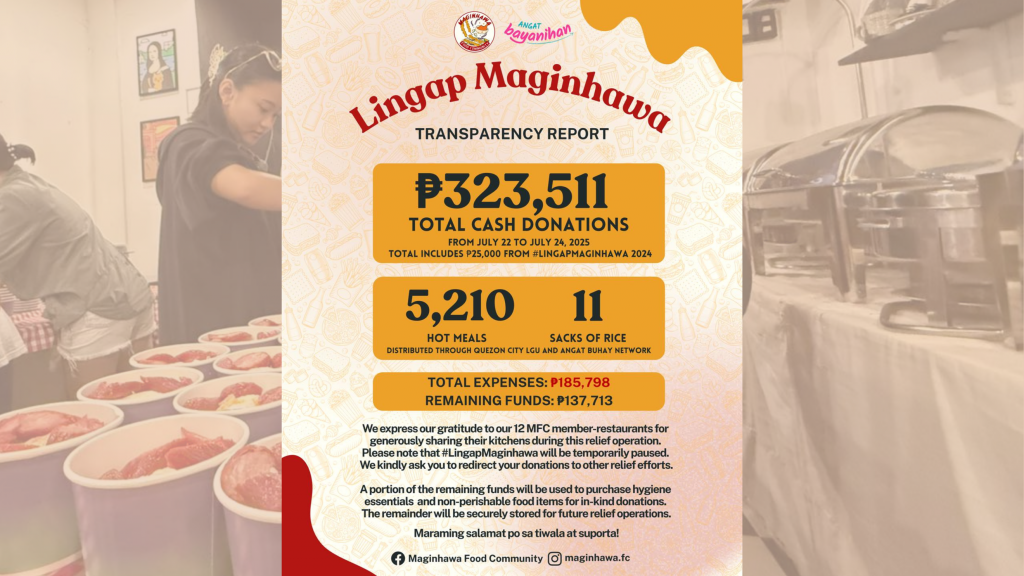
While national systems respond at scale, it’s often the everyday people who respond the fastest. These are the stories that prove solutions don’t always wait for formal protocols—they start with compassion.
In Metro Manila, these groups responded relentlessly to the calls of those in dire need of help and assistance. In Quezon City, the #LingapMaginhawa, spearheaded by the Maginhawa Food Community, mobilized to prepare thousands of hot meals. The community raised over P323,511 in cash donations in three days and prepared 5,210 hot meals, which were delivered by the Quezon City local government unit and the Angat Buhay Network.
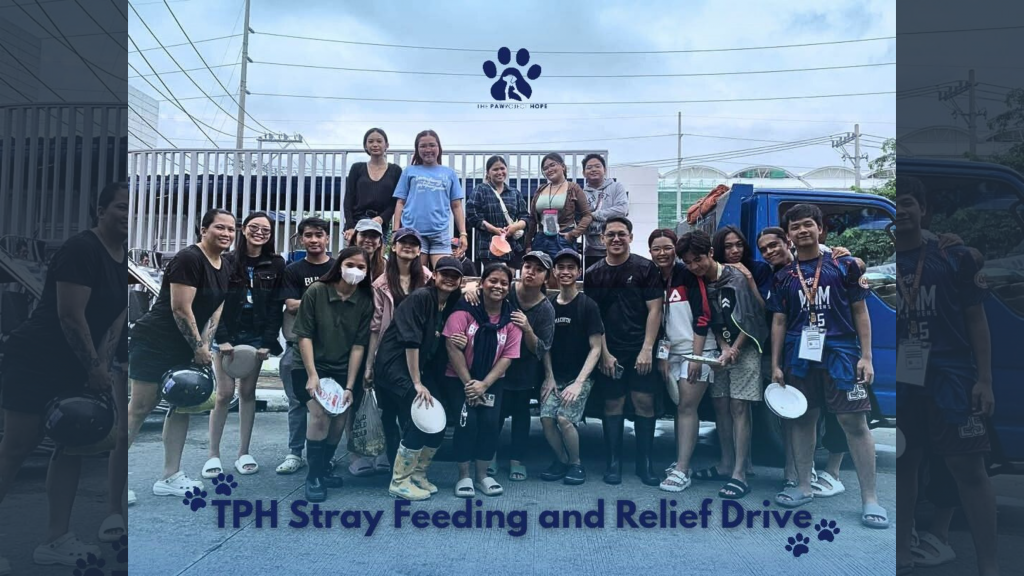
Rescue teams across the country also left no fur babies behind, especially the stranded pets that were left at home due to heavy flooding. In Bulacan, the nonprofit organization, The PAWroject Hope, roamed around Malolos City to help flood-hit pet owners. They also used this opportunity to educate pet owners on how to care for their pets during disasters responsibly.
NGOs and private groups, such as the #LingapMaginhawa and PAWroject Hope, continue relief operations, as many families remain in evacuation centers or are stranded in their homes.
How to be part of bayanihan efforts?
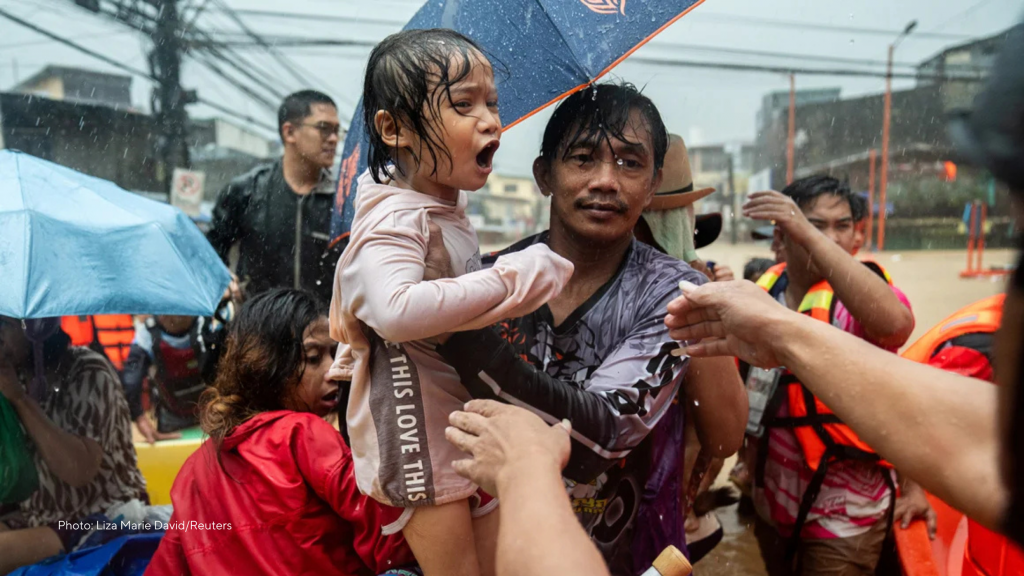
In times of disaster, mobility is crucial. Car owners can join bayanihan efforts by delivering goods and donations to affected areas. You may directly reach out to groups leading relief efforts to offer in-kind donations or volunteer to deliver goods, food packs, and other essentials.
One rule in rescue and volunteerism is to help yourself first to help others better. If you are planning to deliver relief packs, one way to do so is by making sure your car can withstand the stormy weather and won’t break down in the middle of delivering crucial goods to people in need. But due to the heavy downpour and severe flooding, the chances of getting stuck on the road get higher than usual. So, before volunteering, ensure personal safety and capacity. Here are some essential car checks you may do before volunteering for relief deliveries:

In times like these, bayanihan is more than a tradition. It’s how we survive, recover, and rebuild together. But let’s not stop at being proud of our unity; let’s make sure it leads to real, lasting change. Whether you’re cooking meals, sharing donations, or checking your car to deliver help, every action counts. When the waters rise, it’s not resilience alone that saves us. It’s the hands reaching out from every side. In showing up for one another, we prove that compassion, not just resilience, is the strength that truly defines us.
